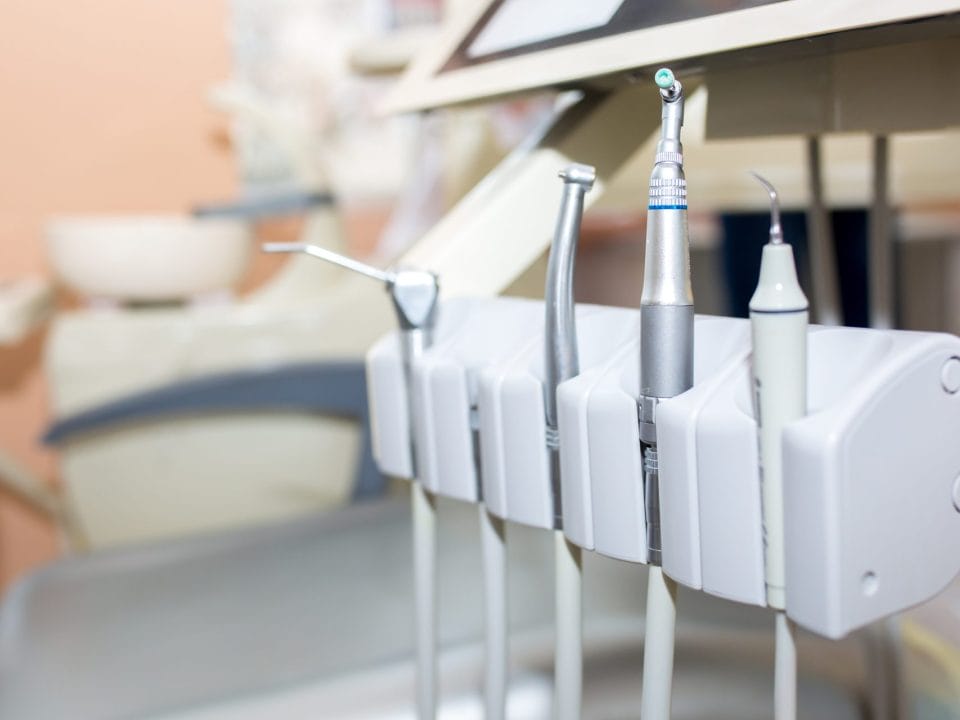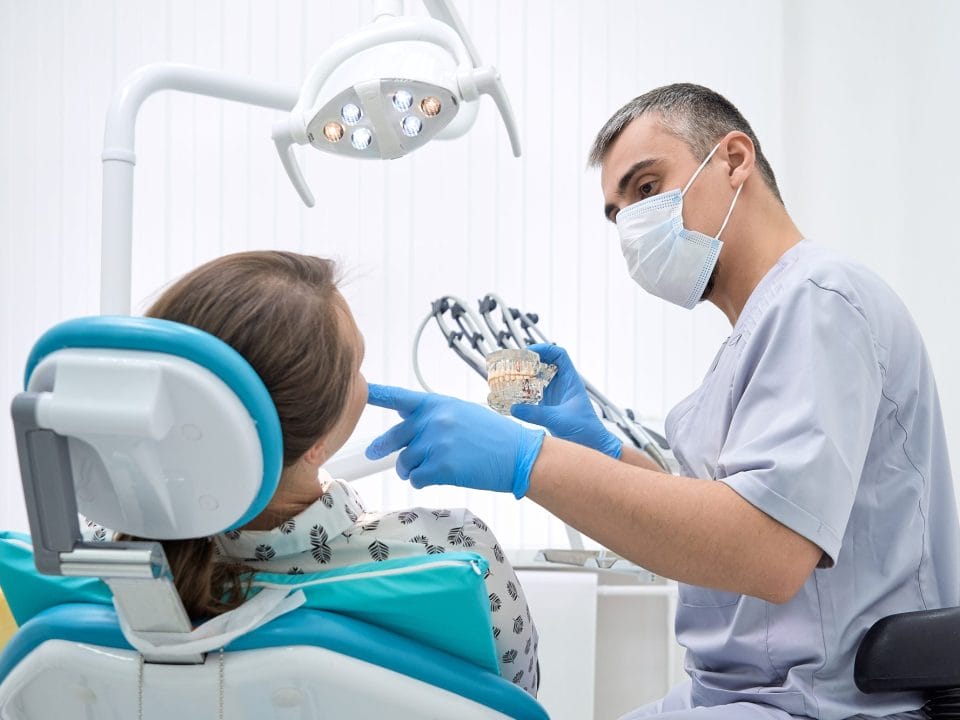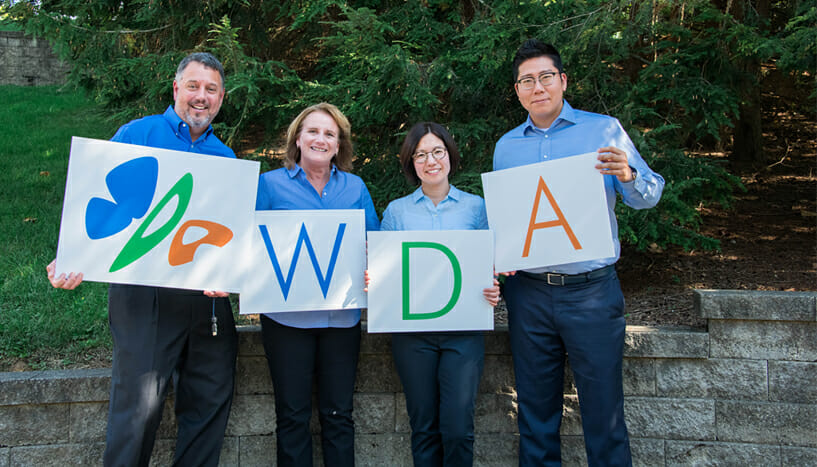
While most people do not think of their dentist as someone who can help them with snoring, dentists have been helping patients solve this and other related problems with great success. Snoring occurs when air travels faster through a narrow tube than through a broad one. This rapidly moving air causes the relaxed soft tissues of the throat to vibrate. It is this vibration that creates the sound of snoring.
This narrowing of the upper airway can be due to large tonsils, a long uvula (the small piece of soft tissue that dangles from the soft palate over the back of the tongue) or excessive flabby tissue in the throat. In other cases, nasal congestion from allergies or deformities of the cartilage between the two sides of the nose can contribute to narrowing of the airway.
However, the most common cause of narrowing of the upper airway is a tongue muscle that becomes too relaxed during sleep. When relaxed, the muscle is sucked into the back of the throat with each breath taken.
Obstructive Sleep Apnea (OSA) occurs when the airway completely collapses, blocking airflow into the lungs. The Sleep Apnea Cycle — falling asleep, jaw relaxing, airway collapsing, unconsciously awakening with a gasp, falling back asleep — can repeat itself 50 or more times per hour during the night.
By keeping the airway open, air travels more slowly, reducing throat vibrations and thus reducing or stopping snoring. One of the most effective ways to keep the airway open during sleep is by holding the tongue forward.
An easy-to-use product to accomplish this is the aveoTSD® (Tongue Stabilizing Device), a simple, low-cost treatment for problem snoring. The aveoTSD gently suctions onto the tongue, preventing it from falling back into the throat and obstructing the airway.
The Silent Nite® sl positions the lower jaw forward using special S-shaped connectors that are attached to upper and lower splints. This affordable device is flexible, thin and comfortable, and it exhibits documented clinical success in mitigating or even preventing the disruptive, unhealthy effects of snoring and sleep apnea.
Products available to combat snoring and OSA include the TAP® (Thornton Adjustable Positioner) or TAP 3 TL device, and the EMA® (Elastic Mandibular Advancement) oral appliance, which are all designed to keep the airway open and allow for air to pass.
Oral Treatment Devices
aveoTSD – The aveoTSD® (Tongue Stabilizing Device) is a simple, low-cost treatment for problem snoring. It works by gently holding the tongue forward using gentle suction, preventing it from falling back into the throat and obstructing the airway.
Silent Nite sl – The affordable Silent Nite® sl device is flexible, thin and comfortable for your patients, and it exhibits documented clinical success in mitigating or even preventing the disruptive, unhealthy effects of snoring and sleep apnea. It moves the lower jaw into a forward position, increasing space in the airway tube and reducing air velocity and soft tissue vibration. The connectors are easily interchangeable by the patient.
TAP – A constricted or collapsed airway causes snoring and obstructive sleep apnea (OSA). The TAP® was designed to keep the airway open and allow for air to pass. It holds the lower jaw in the forward position so that it does not fall open during the night and cause the airway to collapse.
EMA – The EMA® helps promote a deeper, more restful sleep by preventing snoring and relieving the symptoms of OSA. EMA is designed to both advance the mandible and open the bite to allow for less restricted airflow during sleep. It has many options for advancement with five strap lengths and four different elastic tension options.
To learn more about our Westerville dentist, Brian Stickel DDS and how he can help you with snoring or sleep apnea, or to make an appointment, please contact our office or call us directly at 614-882-1135.


 Meet Dr. Stickel
Meet Dr. Stickel Meet Dr. Zody
Meet Dr. Zody Meet Dr. Choi
Meet Dr. Choi Meet Dr. Son
Meet Dr. Son




